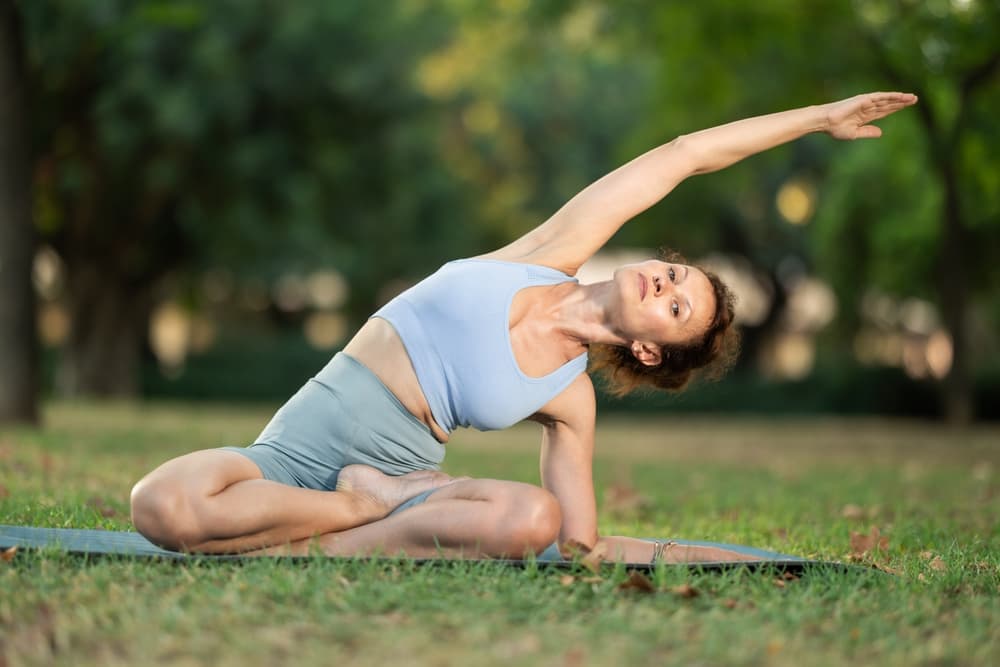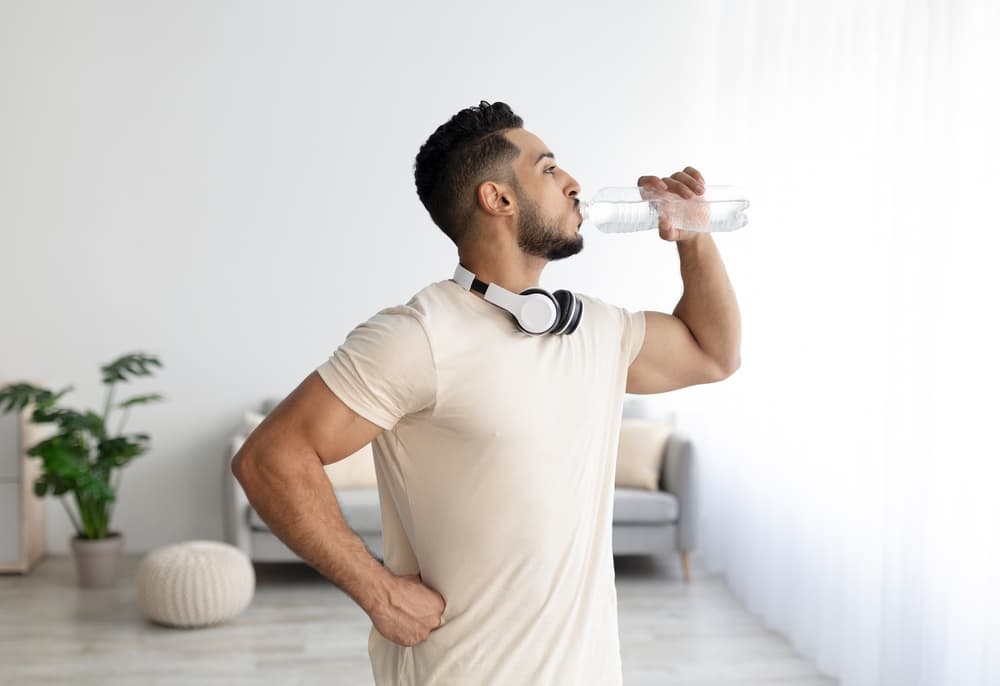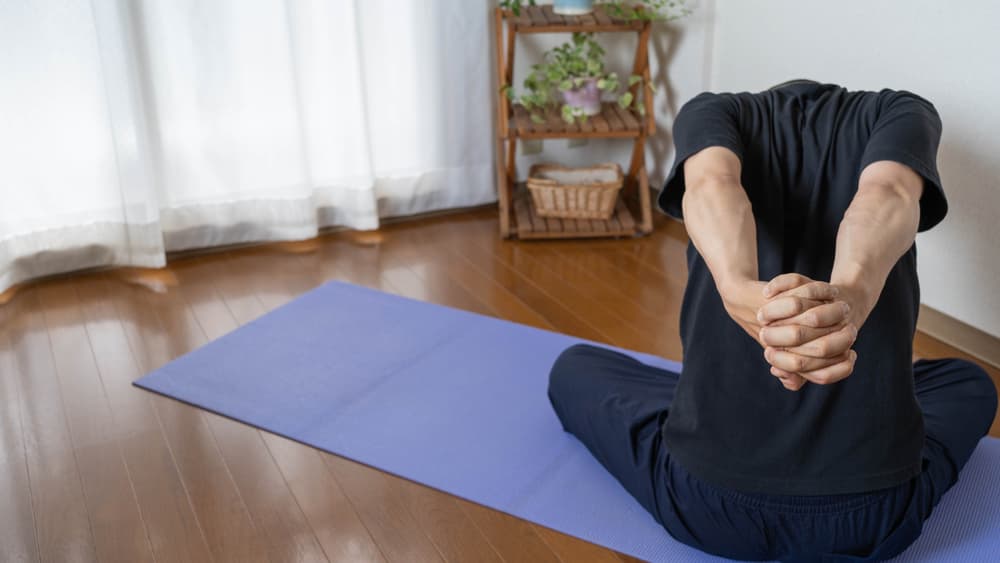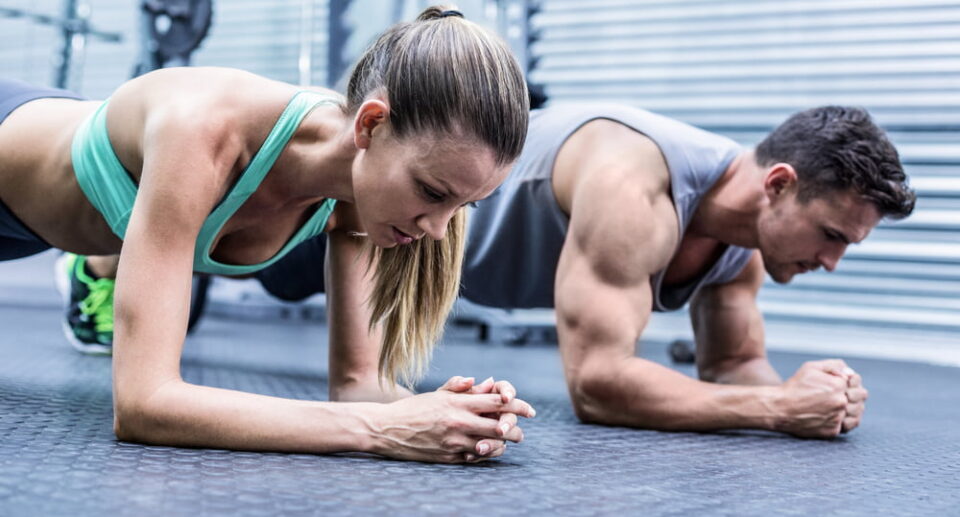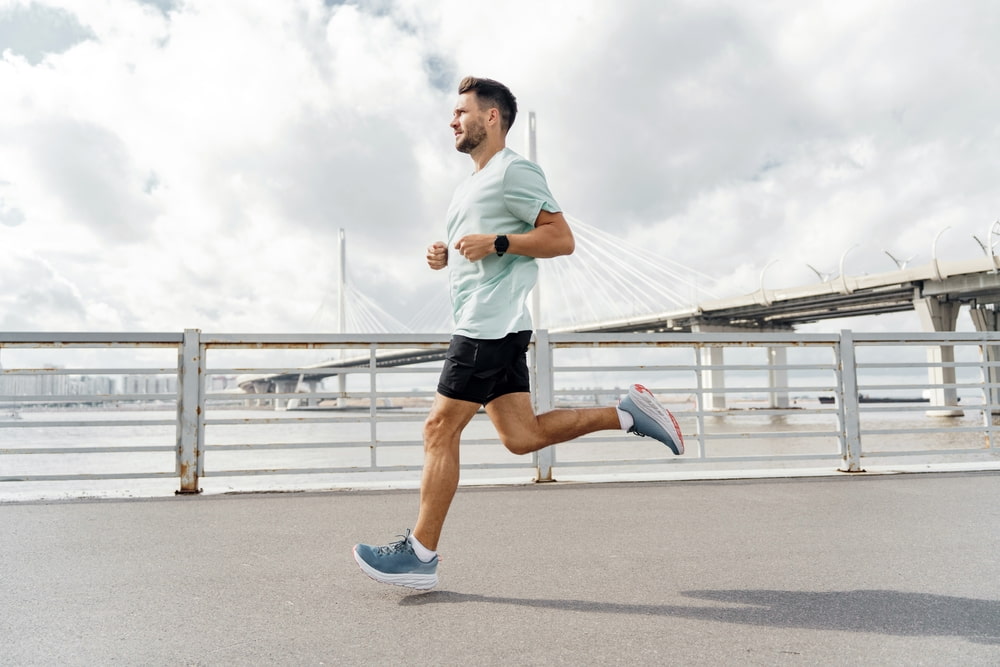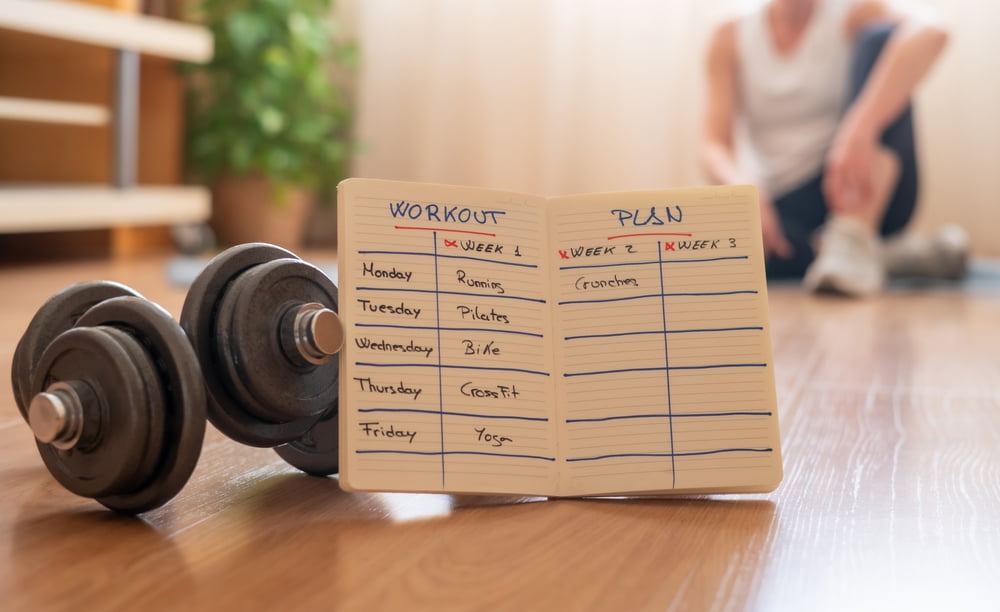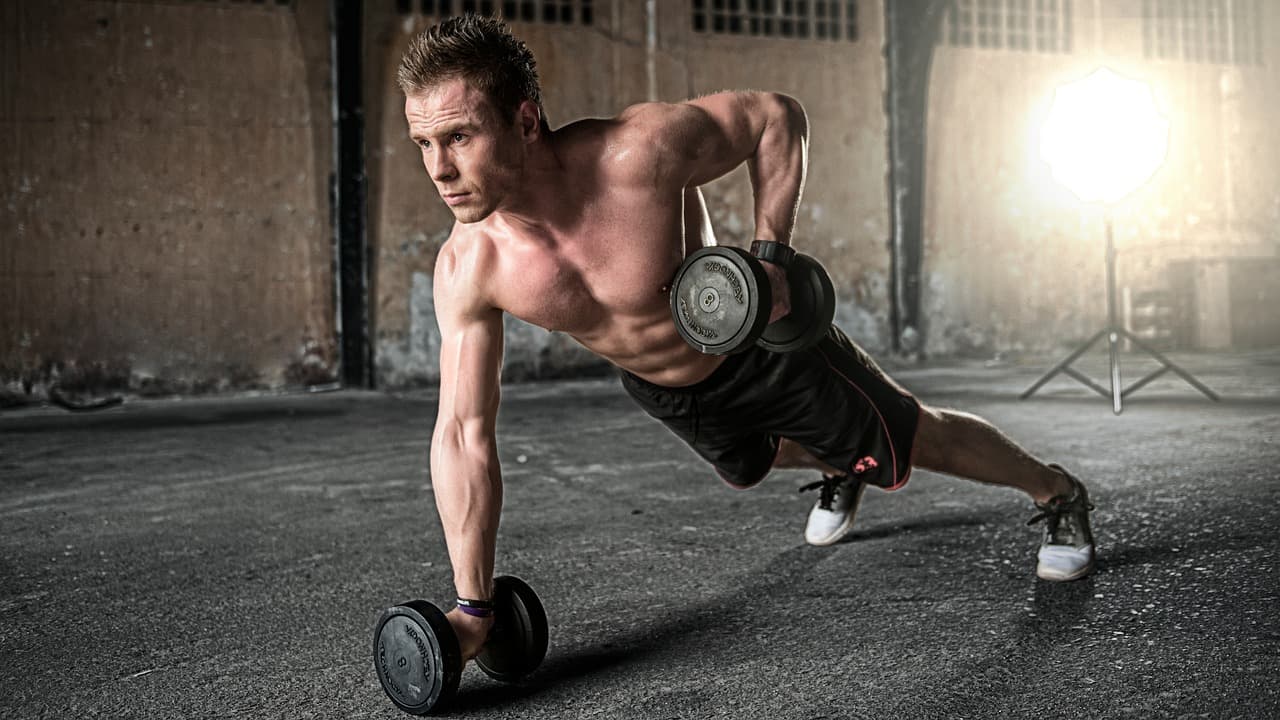Easy fitness routine for seniors to stay active
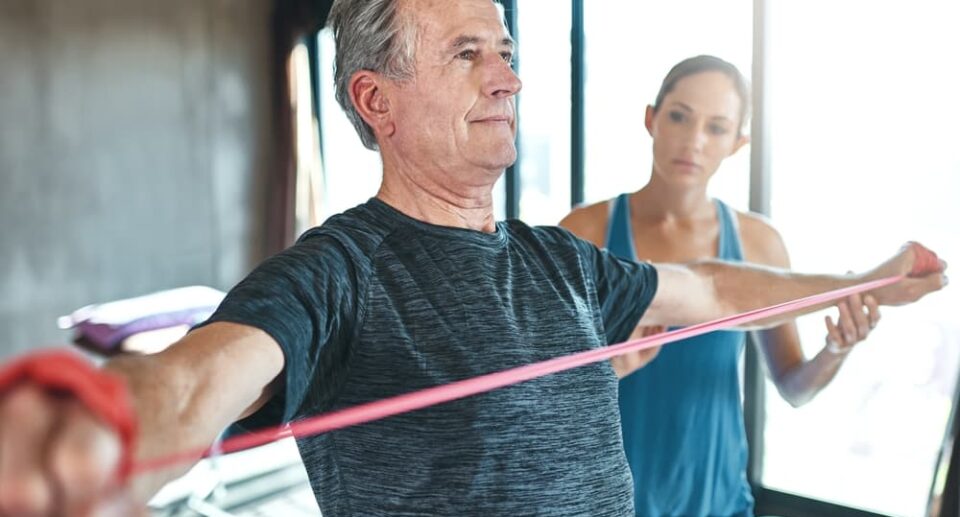

Easy fitness routine for seniors to stay active – enjoy better mobility, strength, and energy every day. Staying active as you age is crucial for maintaining your independence, mobility, and overall health. While many seniors might feel that intense exercise routines are out of reach, the truth is that senior fitness doesn’t need to be complicated or exhausting. In fact, gentle exercises are often the best way to improve strength, flexibility, and balance without overloading the body.
In this guide, we’ll walk you through an easy fitness routine for seniors to help you stay active, feel better, and enjoy life to the fullest.
Why an Easy Fitness Routine for Seniors to Stay Active Is So Important
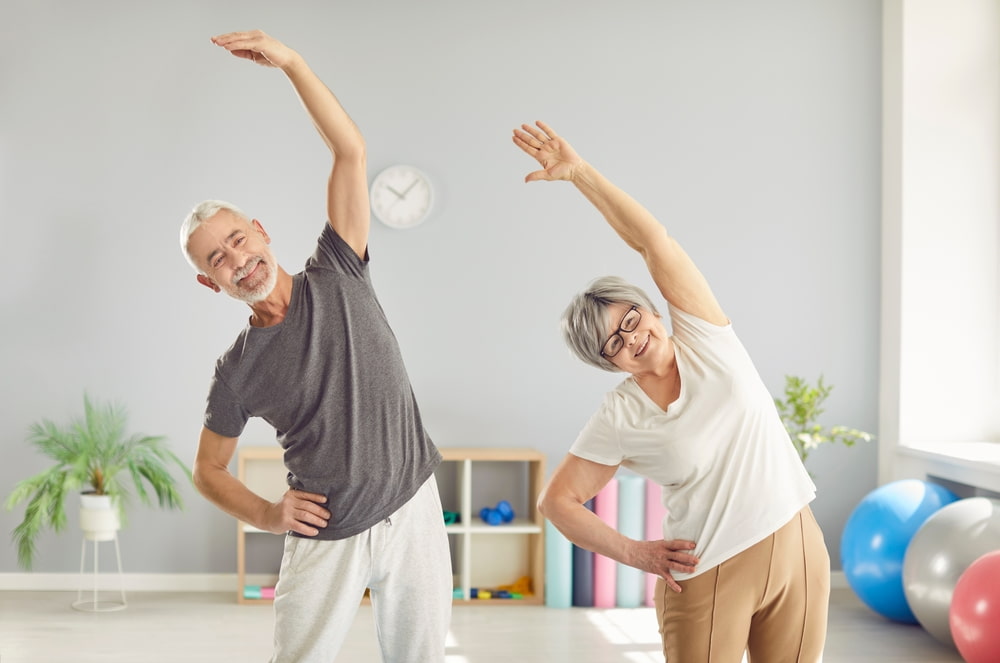

Before we dive into specific exercises, let’s first talk about why exercise is so important for older adults:
- Improved Mobility and Flexibility: Soft workouts heighten joint flexibility that provides more freedom of motion and eases stiffness.
- Better Balance and Coordination: Regular movement can improve balance, reducing the risk of falls.
- Stronger Muscles and Bones: Engaging in physical activity, such as body-lifting, empowers people to keep their muscles and their bone tissues in proper shape; otherwise, the muscles would inevitably weaken and the bones would become thin and brittle.
- Mental Health Boost: Exercise releases endorphins, which can reduce stress and improve mood.
- Enhanced Energy Levels: Regular activity increases circulation, leading to higher energy levels and better overall stamina.
How to Create an Easy Fitness Routine for Seniors to Stay Active Safely
When creating a senior workout routine, the key is to choose exercises that are easy, safe, and tailored to the individual’s fitness level. Whether you are an active senior or someone just starting out, a good routine should balance strength, flexibility, and cardiovascular health.
Here are some easy exercises that can be done at home with minimal equipment:
1. Chair Exercises as Part of an Easy Fitness Routine for Seniors to Stay Active
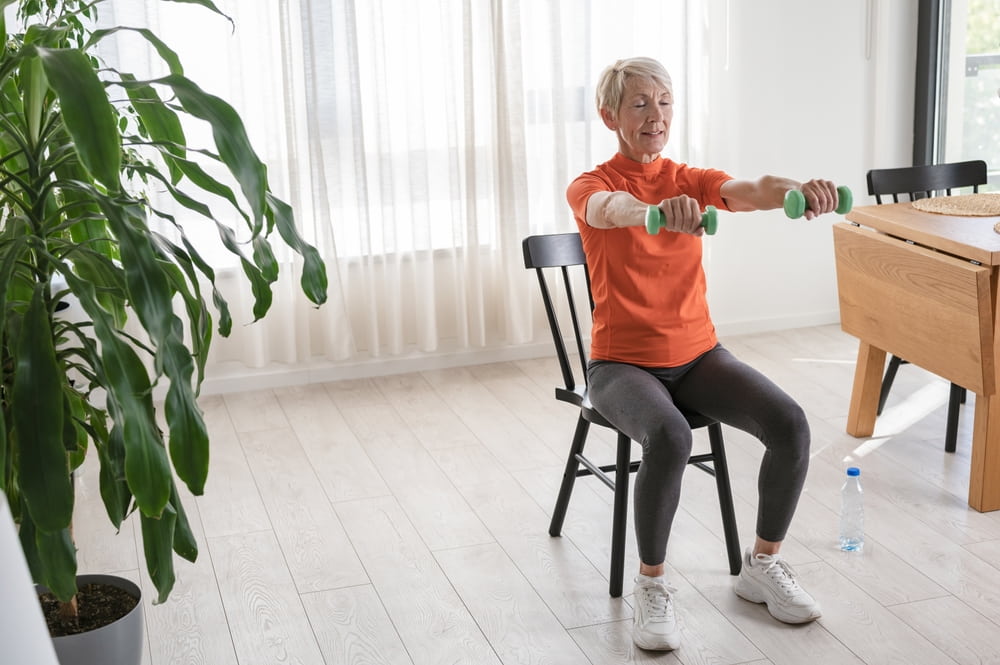

Chair exercises are perfect for seniors who have limited mobility or are just starting to exercise. They offer a gentle way to build strength and increase circulation.
Examples:
- Seated Leg Extensions: Sit in a sturdy chair with your feet flat on the floor. Extend one leg out straight, hold for a few seconds, and lower it back down. Repeat 10-15 times on each leg.
- Chair Marching: While seated, march your legs up and down as if walking in place. Try to increase the pace as you get stronger. This helps improve lower body strength and coordination.
- Seated Arm Raises: Sit tall in the chair with your arms by your sides. Slowly raise your arms out to the sides and back down, working your shoulder muscles.
Benefits:
- These home workouts require no special equipment and can be easily modified for different fitness levels.
- They focus on strengthening muscles and improving flexibility in a low-impact way.
2. Walking: A Key Part of an Easy Fitness Routine for Seniors to Stay Active
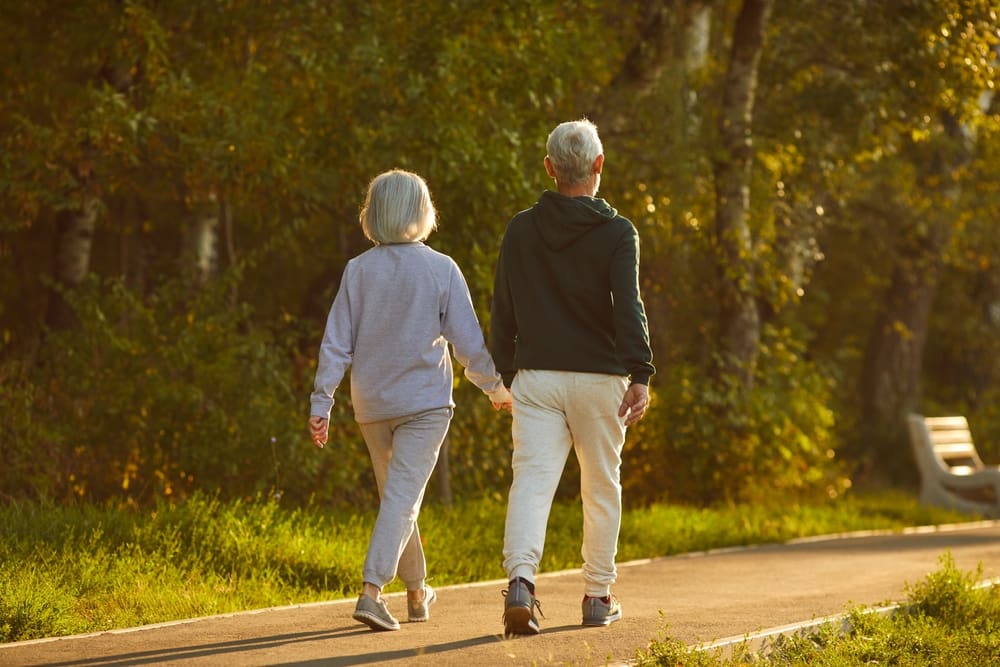

Walking is one of the easiest and most accessible elderly exercise options. It can be done anywhere—from the neighborhood to the local park—and doesn’t require special training or equipment.
Tips for a Walking Routine:
- Start with short, slow walks and gradually increase the time or intensity as your stamina improves.
- Use comfortable, supportive shoes to avoid foot strain.
- Walk with a friend or family member for extra motivation and safety.
Success Story: John, 72
John started to walk around the area every day for 20 minutes. The number of his long walks was closer to forty-five minutes after a half year, this helped him, as it was able to improve his endurance to a good level. He also observed a decrease in his blood pressure that lifted his energy and intuition levels in the morning.
3. Stretching for Flexibility in a Senior Fitness Routine
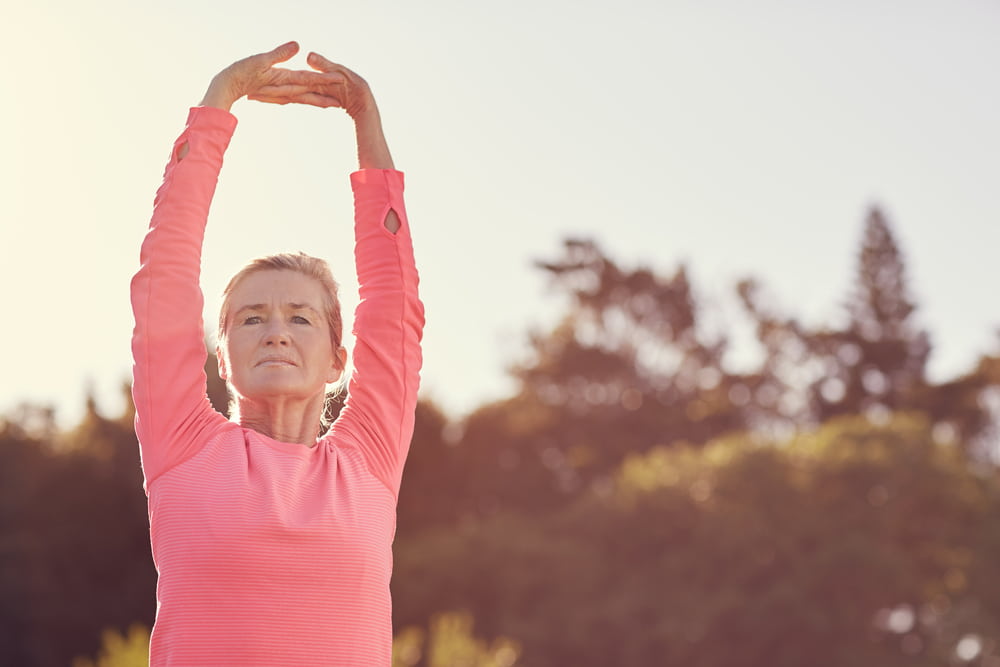

Stretching is vital for maintaining joint health and flexibility, especially for seniors. It helps improve posture, reduce pain, and increase overall movement.
Simple Stretches:
- Neck Stretch: Slowly tilt your head toward one shoulder and hold for 15 seconds. Repeat on the other side. This helps alleviate neck tension.
- Hamstring Stretch: Sit on the floor with one leg extended and the other bent. Reach for your toes and hold for 20 seconds. Repeat on the other leg.
- Torso Twist: Sit in a chair with your feet flat on the floor. Slowly twist your torso to the left, hold for a few seconds, then repeat on the other side. This stretches your back and helps with mobility.
Benefits:
- These stretches can help seniors maintain joint health and muscle flexibility without straining the body.
4. Strengthening Exercises with Resistance Bands
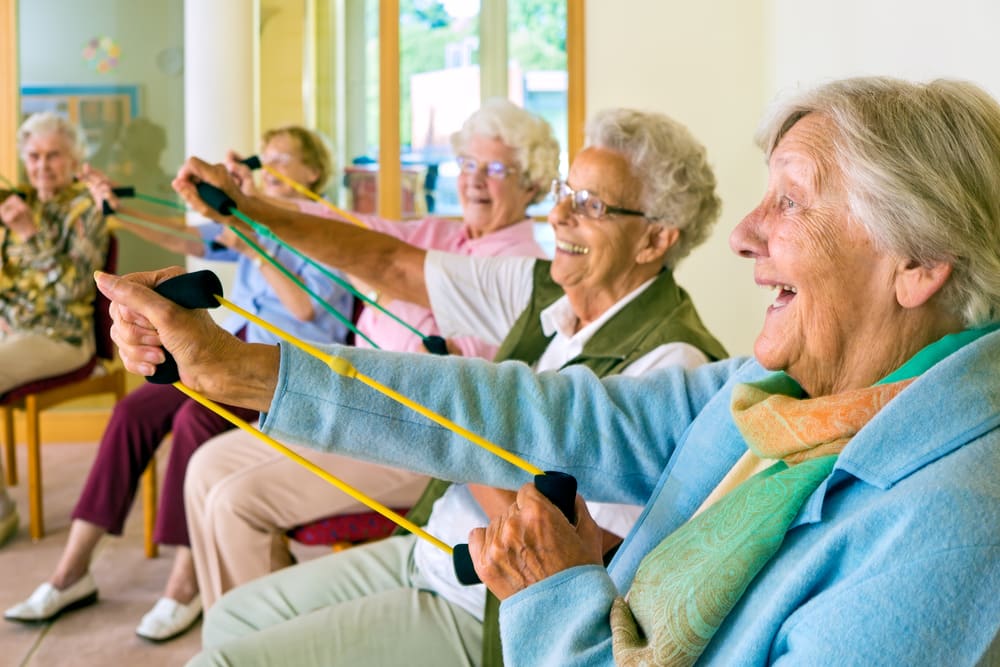

Resistance bands are affordable, portable, and easy to use. They provide a low-impact way to build strength without the need for heavy weights.
Simple Band Exercises:
- Bicep Curls: Stand with your feet shoulder-width apart and hold the resistance band with both hands. Keep your elbows close to your body and curl your hands toward your shoulders. Repeat 10-15 times.
- Leg Press: While seated, wrap the band around your feet and press your legs out straight against the resistance. Hold for a few seconds and then slowly release.
Benefits:
- Resistance bands help target muscle strength and toning without the risk of injury associated with heavy lifting.
- These exercises can be easily done at home, making them great for seniors who prefer home workouts.
5. Balance and Coordination Exercises
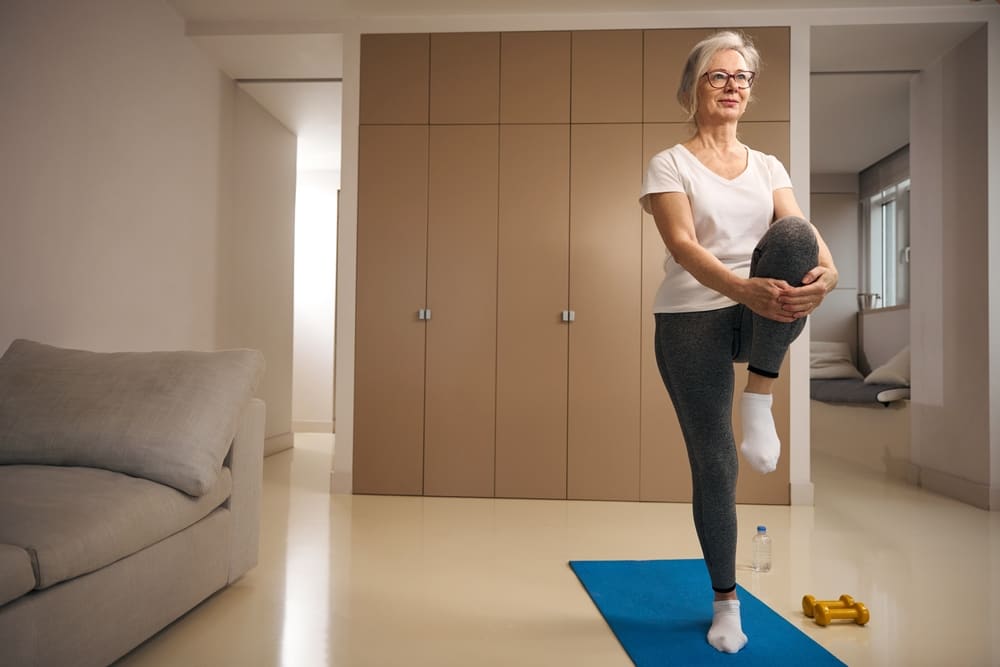

Balance is to be maintained by the seniors to avoid falls and to keep independence in the body and mind. These exercises can help improve stability and prevent accidents.
Getting into the habit of working out consistently and safely for seniors can bring you a more enjoyable, and independent lifestyle. The thing to remember is that by just taking a few small steps which will lead to being more active you will get better your health a lot.
Balance Exercises:
- Heel-to-Toe Walk: Walk in a straight line, placing your heel directly in front of your toes with each step. This will improve balance and coordination.
- Standing on One Leg: Stand behind a sturdy chair for support. Lift one leg and hold for 10-15 seconds before switching to the other leg. Try to hold for longer as you gain strength.
Benefits:
- These elderly exercise routines enhance balance and coordination, reducing the risk of falls.
Creating a Daily Routine: Tips for Staying Consistent


To see real benefits from your senior workout routine, consistency is key. Here are a few tips to stay on track:
- Set a Routine: Choose a time of day that works for you—whether it’s in the morning, afternoon, or evening. Make exercise a regular part of your day.
- Track Progress: Keep a simple log of your workouts, such as how many minutes you walked or how many reps you did. Celebrate your progress, no matter how small.
- Stay Social: Invite a friend or family member to join you in your exercises, whether it’s a walk, stretching session, or resistance band workout. Exercising with someone can be motivating and fun!
Easy Fitness Routines Make a Big Difference
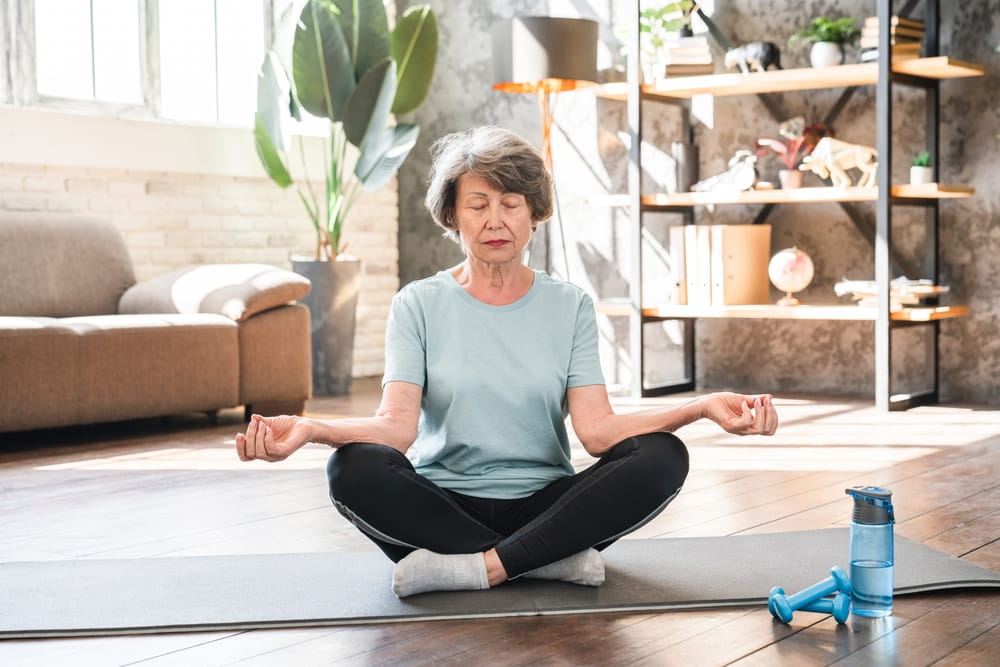

Being in your senior years and being active can very easily be done and is a very good way to ensure your health and independence. Adding basic exercises to your daily routine, such as chair workouts, stretching, walking, and resistance band exercises, not only can but make a remarkable improvement in your mobility, strength, and mental health.
If you are consistent and cautious while practicing your senior workout regimen, than you can live a more energetic and self-sufficient life. Don’t forget, the tiniest steps of being physically active will immediately upgrade your health as a whole. Easy fitness routine for seniors to stay active – gentle workouts designed to improve strength, balance, and overall well-being.
Real-Life Stories: How Seniors Stay Active
Here are stories of five individuals who embraced fitness routines and saw incredible improvements:
- Patricia, 68: Started with 10-minute daily walks and increased to 45 minutes, losing 10 pounds and lowering her cholesterol.
- George, 74: Began with chair exercises to help with arthritis and now enjoys swimming several times a week.
- Linda, 71: Used resistance bands to improve strength, resulting in better posture and a decrease in back pain.
- David, 79: Focused on balance exercises and hasn’t had a fall in over a year.
- Carol, 72: Committed to stretching and feels more flexible and mobile in her daily activities.
The quality of life of adults can be improved by them with slow exercise movements and following instructions. It doesn’t matter where you are in your journey just be active in order to stay healthy, and feel great at any age.
One can enjoy life to the fullest with a workout regimen designed especially for the elderly to follow which comes with a fitness guarantee and a sense of autonomy. It is essential to remember that even the slightest effort toward achieving an active lifestyle can escalate a long way in the face of such. Easy fitness routine for seniors to stay active – simple daily exercises that help older adults stay energetic and healthy.

